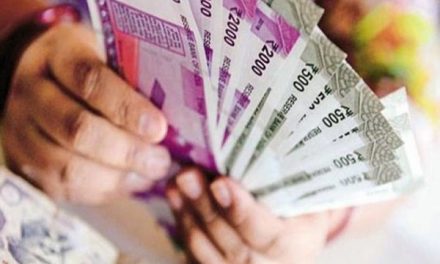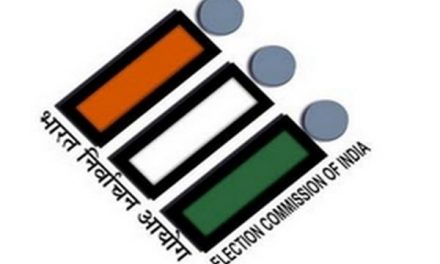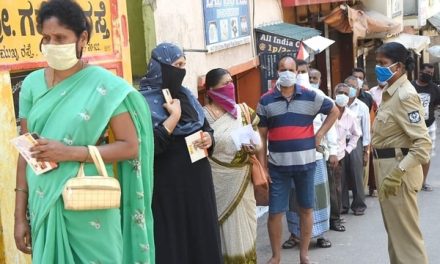LPG Cylinder subsidizes rate rise 10 rs per cylinder every month depends on the current global oil price. Since July 2019, retailers have increased the price of subsidized LPG by Rs.63 per cylinder. seeing the price hike rate, Rs.100 to 150 could be charged more per cylinder over the next year.
However, the cost of financed cooking gas rose by a normal of ₹10 per chamber in the July-January time of current monetary taking the value paid by regular man for fuel nearer to advertising rates.
Good news for the consumer is that, with the developments in past few months, the government is looking to completely eliminate oil subsidy by early FY22. But for consumers, the move would mean that their cooking gas price would shoot up by another ₹100-150 per cylinder over the next one year.
As per the Sources, government may give nod to state-run oil marketing companies to increase price of subsidized LPG cylinder gradually so that entire subsidy paid under direct benefit transfer scheme (DBT) to eligible consumers is eliminated in one year’s time.
From July 2019 to January 2020, subsidized LPG prices increased Rs. 63 per cylinder by the OMCs. If oil companies raise the rate of subsidized LPG cylinder by Rs. 10 per month as per the current global price then there would not be any need to extend Central support after 1 Year.
Currently, the subsidized price of the LPG Cylinder is (14.2 kg) is around 557 per cylinder and rs. 157 is provided to the eligible consumer in their account as a subsidy providing by the government.The subsidy level may fall if oil prices slide further and remains below $60 a barrel in most parts of FY21.
The Privatization of BPCL and rising prices of subsidized LPG cylinder argues well for the OMCs. However, the resolve of the government would be tested if oil prices spike,” said Motilal Oswal in its latest report on oil and gas sector.
Currently, the government subsidizes
12 cylinders of 14.2 kilograms each per household in a year. The consumer has to make any additional purchases at the market price. The amount of subsidy provided by the government on the quota of 12 cylinders per year varies from month to month. Factors such as changes in the average international benchmark LPG prices and foreign exchange rates determine the subsidy amount.
OMCs had total government receivables of ₹34,900 crores on account of compensation for LPG/kerosene under-recovery at the end of FY 19. LPG would boost the working capital of the OMCs with deregulation.
OMCs had gross under-recoveries of ₹43,300 crores in FY19, where LPG accounted for ₹31,500 crores (73 percent). the subsidy support has fallen for kerosene in result of states targeting the flow of fuel through the PDS system, this subsidy could also be taken off.
Also Read: Budget 2020: Top Changes Till Now











